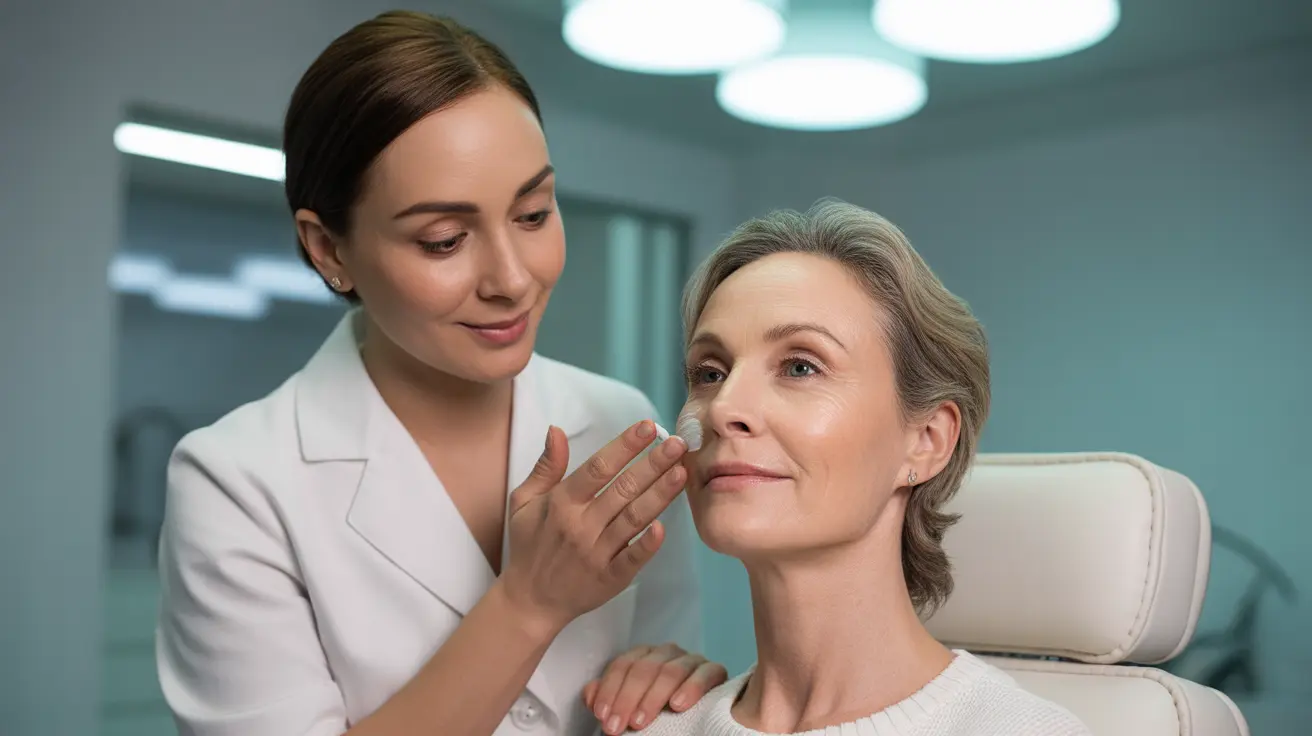Retinol has become a cornerstone of effective skincare routines, praised by dermatologists and skincare enthusiasts alike for its remarkable ability to transform skin health. This vitamin A derivative has earned its reputation as one of the most studied and beneficial skincare ingredients available. Whether you're dealing with aging concerns, acne, or simply want to maintain healthy skin, understanding retinol is essential for making informed skincare choices.
In this comprehensive guide, we'll explore what retinol is, how it works, and how to incorporate it effectively into your skincare routine for optimal results.
What Is Retinol and How Does It Work?
Retinol is a type of retinoid, derived from vitamin A, that works at a cellular level to promote skin renewal and collagen production. When applied topically, retinol converts into retinoic acid, which then interacts with skin cell receptors to enhance cell turnover and stimulate collagen synthesis.
This powerful ingredient offers multiple benefits for skin health:
- Increases cell turnover rate
- Boosts collagen production
- Improves skin texture and tone
- Reduces the appearance of fine lines and wrinkles
- Helps clear and prevent acne
- Evens out skin pigmentation
Retinol vs. Other Retinoids: Understanding the Differences
While retinol is perhaps the most well-known retinoid, it's just one member of a larger family of vitamin A derivatives. Each type varies in strength and effectiveness:
Over-the-Counter Retinoids
Retinol is typically available over-the-counter in concentrations between 0.01% and 2%. It's gentler than prescription options, making it more suitable for beginners and those with sensitive skin.
Prescription Retinoids
Tretinoin and other prescription retinoids are more potent as they're already in the active retinoic acid form. These are typically recommended for more severe skin concerns or when over-the-counter options aren't providing desired results.
How to Use Retinol Effectively
Success with retinol depends largely on proper application and patience. Here's how to incorporate it into your routine:
Getting Started
- Start with a lower concentration (0.01-0.025%)
- Apply every third night initially
- Use a pea-sized amount for your entire face
- Apply to clean, dry skin
- Follow with a moisturizer
Building Tolerance
Gradually increase frequency as your skin adjusts, working up to nightly use if tolerated. This process may take several weeks to months, depending on your skin's sensitivity.
Maximizing Results and Minimizing Side Effects
To get the most benefit while minimizing potential irritation, follow these essential guidelines:
Best Practices
- Use sunscreen daily (SPF 30 or higher)
- Apply retinol at night only
- Wait several minutes between skincare steps
- Avoid combining with certain active ingredients (like vitamin C) in the same application
- Keep skin well-moisturized
Frequently Asked Questions
What is retinol and how does it benefit the skin?
Retinol is a vitamin A derivative that promotes cell turnover and collagen production. It benefits the skin by reducing wrinkles, improving texture, clearing acne, and evening out skin tone through its ability to enhance skin cell renewal and repair processes.
How is retinol different from other retinoids like tretinoin?
Retinol is a gentler, over-the-counter form of vitamin A that must be converted by your skin into retinoic acid. Tretinoin is a prescription-strength retinoid that's already in the active form of retinoic acid, making it more potent but potentially more irritating.
Can retinol help with acne and how long does it take to see results?
Yes, retinol can help with acne by unclogging pores and regulating skin cell turnover. Most people begin to see improvements in acne after 8-12 weeks of consistent use, though full results may take 3-6 months.
What are common side effects of using retinol and how can I reduce irritation?
Common side effects include dryness, redness, peeling, and sensitivity. Reduce irritation by starting with a low concentration, using it less frequently initially, moisturizing well, and always using sunscreen during the day.
How should I use retinol safely in my skincare routine, including sun protection?
Use retinol at night on clean, dry skin, followed by moisturizer. Always use broad-spectrum SPF 30+ during the day, as retinol can increase sun sensitivity. Start with application once or twice a week, gradually increasing frequency as tolerance builds.




